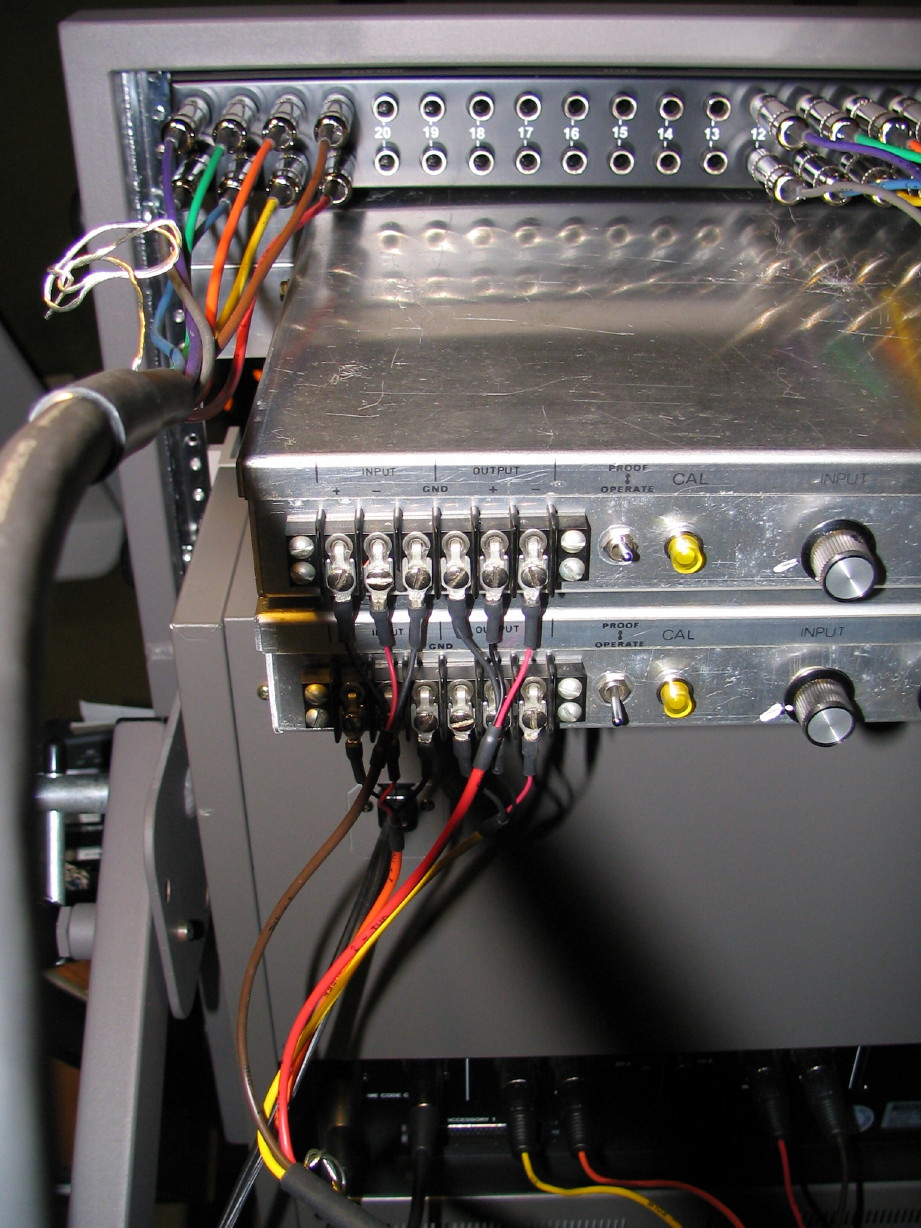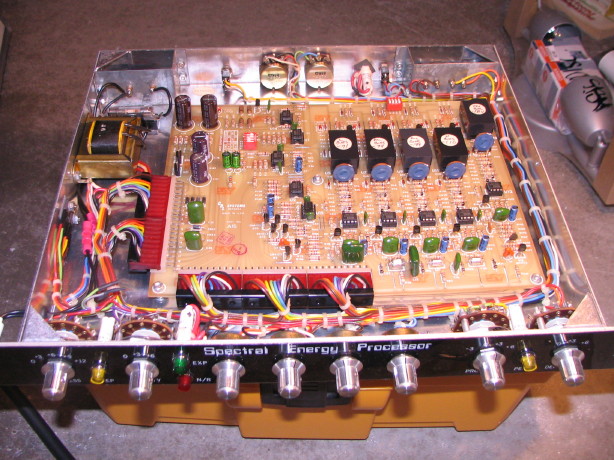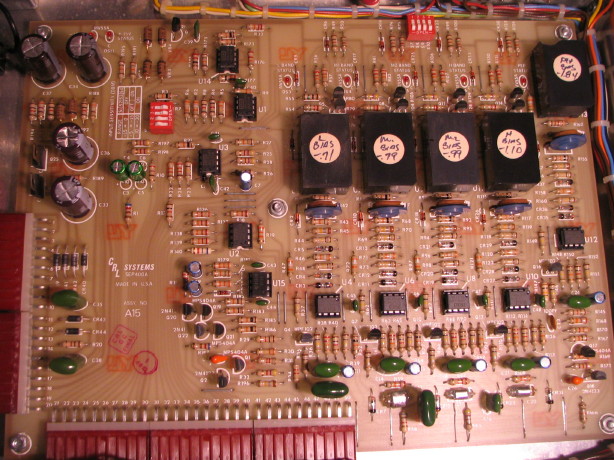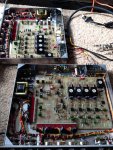sweetbeats
Reel deep thoughts...
I haven't tried them yet. Stupid huh?
I haven't been able to do anything with them with other priorities, and first thing was to have a close look and make sure everything looked alright. Next I need to make up some cabling to get them connected to the patchbay. I've got all the bits gathered up to make that harness, and once that's done I'll do some A/B testing using playback of some raw material or something to demonstrate what they do...they need to be calibrated and stuff first but I'm getting there.
I haven't been able to do anything with them with other priorities, and first thing was to have a close look and make sure everything looked alright. Next I need to make up some cabling to get them connected to the patchbay. I've got all the bits gathered up to make that harness, and once that's done I'll do some A/B testing using playback of some raw material or something to demonstrate what they do...they need to be calibrated and stuff first but I'm getting there.







